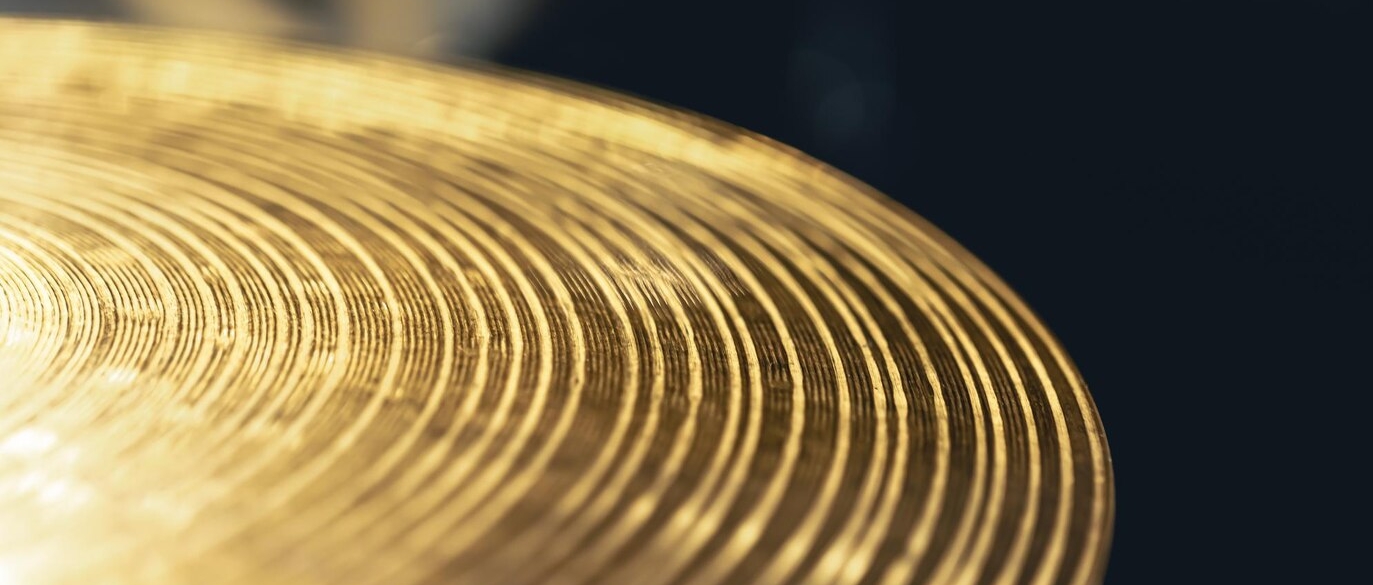Microstructure testing is one of the main methods for studying the internal structure and defects of metals and their alloys. It is also the most basic experimental technique for studying the microstructure of metal materials. By observing and analyzing the microstructure of metal materials, one can gain a deep understanding of the material's properties, quality, and the variation patterns under different processing conditions.
The content of metallographic structure examination includes the following aspects:
Characteristics of grains: The size, shape and orientation of grains have significant effects on the properties of metals. For instance, fine and uniform grains usually result in metals with better strength and toughness. During the inspection process, attention will be paid to the average size of grains, the morphology of grain boundaries, and whether there are any abnormally enlarged grains.
Phase analysis: In metallic materials, there can be various phases such as solid solutions and compound phases. The detection requires determining the types, contents, and distributions of these phases. For example, in steel, common phases include ferrite, pearlite, and martensite, and their proportions and distributions directly affect the hardness, strength, and wear resistance of the steel.
Observation of inclusions and defects: Inclusions can be oxides, sulfides, etc. Their presence will weaken the performance of the metal. Defects such as pores and cracks will even seriously affect the usability reliability of the metal. During the inspection process, it is necessary to clearly identify the type, size, quantity and distribution of inclusions, and accurately determine the type and severity of defects.
Uniformity of the structure: Uneven structures often lead to performance differences and are prone to local failure during use. For instance, in large castings, it is necessary to check whether the structures at different parts are consistent.
Evolution of microstructure: By comparing the metal's microstructure under different processing conditions (such as heat treatment, cold working, etc.), the changing patterns of its microstructure are studied. For example, the microstructure of steel after quenching treatment will change from pearlite to martensite.
Metal microstructure analysis can effectively optimize the performance of materials, improve product quality, and provide strong support for the research and application of new materials through in-depth study and analysis of its rich content.

-
2025-03-12
-
2025-03-12
-
2025-03-12
-
2025-03-12


